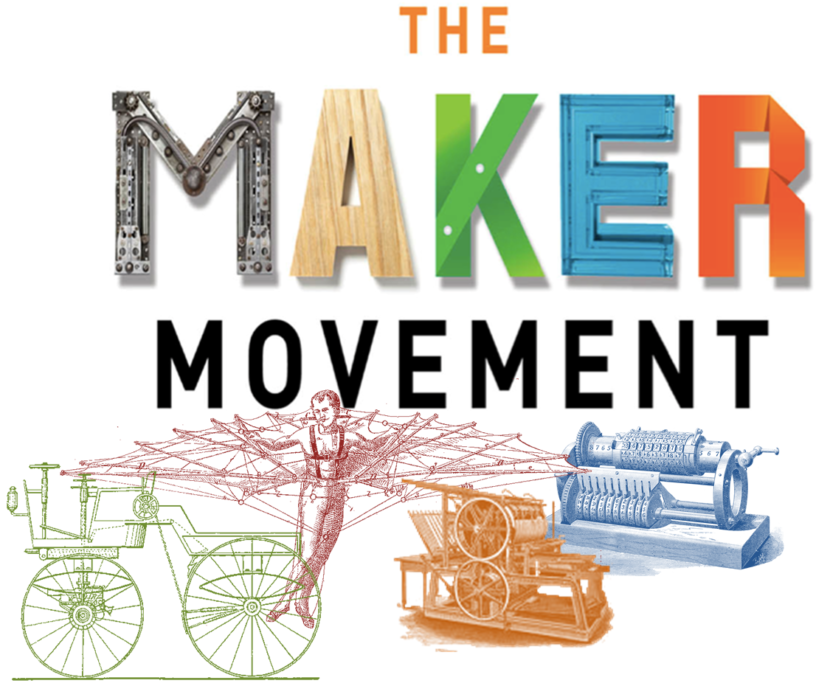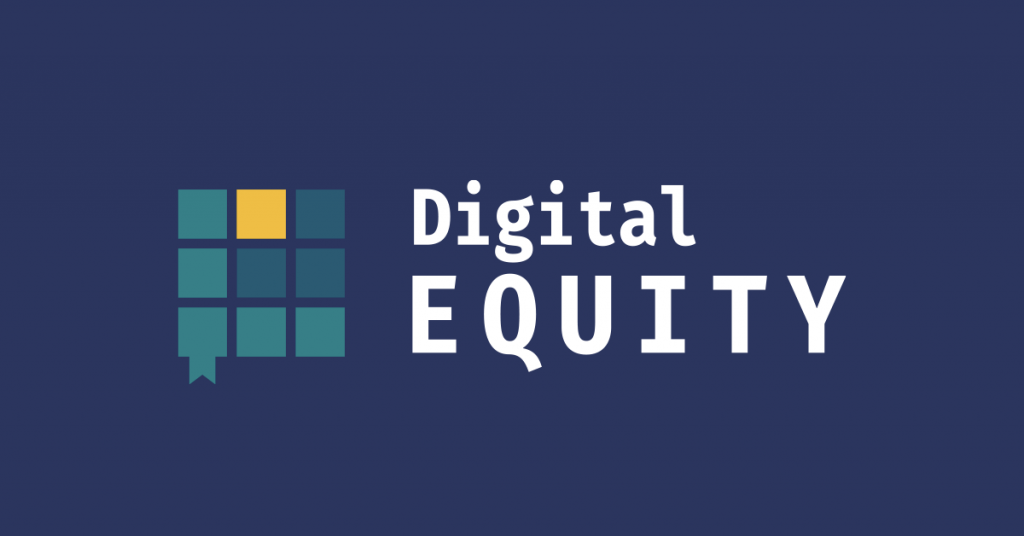Equity in the experiences they have is an important element of education that’s missing for too many K-12 students. Despite all of the advances in technology and the ability to seemingly create it for students more easily, many of them still suffer from a lack of inclusion when it comes to digital education—something that was also greatly exacerbated with remote instruction. As information and communications technology (ICT) continues to dominate the workforce, the resulting need for digital literacy skills has become more urgent in education. That starts with improving digital inclusion and equity in the classroom. We need to do more to slim the digital divide starting with making digital inclusion a right, not a privilege.
Why Digital Inclusion is Important
Among all the technologies that help prepare students for the future, access to the Internet is probably the most important. It has obviously become the backbone for how individuals, companies, communities, and even the economy function optimally on a day-to-day basis. And, students can develop skills to maximize their efficiency by drawing on the power of the Internet. They also need assurance that they’ll have access to this tool, which isn’t always a given. Efforts to improve digital inclusion have been in the works for quite a while now, however. Most aim to address both digital literacy issues and that lack of access to ICT tools. Simply put, all students (and adults) should be able to access and use the ICT tools that are available.
Digital inclusion is meant to address both learning needs of individuals and the problem-solving abilities of communities as a whole. Its implementation should be practical and policy-driven. This helps ensure better access to hardware, software, digital content, and other resources, which helps contribute to offering more effective learning experiences for students of all ages. Thinking about digital inclusion like a blueprint can also help educational leaders address the shortcomings. With greater access to digital tools, students can develop the digital literacy skills for analyzing and acting on discoveries made with various technologies.
Digital inclusion is important because it helps to ensure that all members of school communities, including any who might be at more of a disadvantage, are able to access key learning experiences. Digital inclusion should involve affordable and strong Internet service, Internet-connected devices, and even digital literacy training. Other elements that can help ensure true digital inclusion are quality technical support and online content that encourages self-sufficiency. Our reliance on these digital tools isn’t going to drop off and this, of course, means that educational leaders need to do everything possible to equip K-12 students with the skill sets to contribute in a global society.
Digital Inclusion Trends
When it comes to the different options educators have for expanding digital inclusion in their schools and for their students, some trends come and go and others are more tried and true. It generally boils down to providing all students with access to technologies that fuel learning in school and also at home. In order for school leaders to meet the digital needs of every student, they’ve focused a lot on development, which leads to the first trend—digital planning. It’s not only education leaders who are overseeing digital learning plans—oftentimes, it’s state and local leaders who set these requirements based on the evolving nature of learning. If anyone in your school or district is planning for digital inclusion, one route may be bringing key stakeholders together. Then, you can assess both the needs and assets in place and establish a plan for implementing something new and measurable.
Once these plans are in place, school leaders then need to act on them with concerted integration efforts. Access to the Internet is the biggest digital inclusion need for students. So many school leaders, especially in rural areas, have had success with turning to mobile hotspots in some instances rather than overhauling their existing networks. These are key in schools or libraries because they help to provide that access 21st century students need. Besides that, another trend is the modernization of both school and public libraries. This enables them to offer free and reliable computer access to anyone in their community. In recent years, libraries have obviously become hubs for content creation, digital exploration, and even manufacturing. So, for educators looking to ramp up digital inclusion, focusing on the school library is a logical place to start.
As implementation unfolds, school leaders and educators quickly need to begin thinking about measuring its performance and impact. To do this, they need access to relevant data so they can see what’s working, what’s improved, and what may not be worth pursuing. For school purposes, it's very helpful to get an idea of how much time students can spend on the Internet. This sheds light on how much they rely on it in order to complete assignments. Finally, those at the forefront of digital inclusion efforts must deliver a consistent message about its importance. This helps make sure everybody has bought in to the improvement efforts. And, that sense of community can ensure that students and teachers consistently have digital needs met.

Maker Movement Values and Digital Inclusion
One of the prominent values within the Maker Movement is the fact that it's open to everybody and fully inclusive. With the true spirit of the Maker Movement comes an understanding that not everybody has the same skill sets or access to the same kinds of tools and that is okay. Makers still support each other and collaborate on innovative projects, lending a helping hand in any way that they can. While the Maker Movement and its popularity has led to discussions on other forms of potential bias, school leaders could learn some valuable lessons from some of the positives it has helped bring to light. One of those positives is that, through making, students can see they don’t need cutting-edge technologies to create something amazing. They just may, however, need adequate access in order to keep up with their peers.
Essentially, we bring this up because we think that teachers could leverage some of the values the Maker Movement promotes in the same way when they try to maximize digital inclusion. The Maker Movement is for everyone—just like access to digital technology should be. If somebody can't find a natural way to join the Maker Movement, it’s members of that community who help. Not that it’s entirely up to them to ensure they have the tools to complete assignments and prepare for the future, but children do have a voice when it comes to their learning experiences. If students who can't always access technology discover a realistic solution, then that’s great. In any case, utilizing the tools that they do have to create a solution is the ideal outcome and one of the principles of the Maker Movement.
Despite the general spirit of the Maker Movement, those with more means can access more innovative and powerful technologies. This is consistent with digital tools in school systems, too. Leaders from the affluent areas can provide better digital tools and more effective digital learning for their students. But, the question remains—money concerns aside—how school leaders can adopt those principles of the Maker Movement when they’re unable to provide the best digital learning. Can they get by with simply promoting the values of creative thinking and innovative problem solving? Possibly. But, that will likely only get things so far. So, education leaders can perhaps find motivation from makers to discover a creative solution. We know that it’s tough, but maybe there’s a way in your school or district to try something inventive.
Digital Inclusion and Digital Equity
Digital equity isn’t always solvable despite being pretty simple for many students, parents, and teachers to recognize when it’s occurring. Unfortunately, some students fall behind in tech skills development because they don’t always have access to the right technology. True digital inclusion, if we’re being honest, involves more than just student access. Teachers need access to digital technologies as well. They might be behind in developing digital fluencies in various technologies, which we attempt to prevent from happening among students, and it could be for the same reason. Despite knowing these technologies can help their students, not all teachers have equal access. They may also need PD on how to properly use them in instruction.
Digital inclusion and equity are awfully broad topics. Some students enjoy pretty much unlimited access to the technologies that enhance opportunities and outcomes, so it’s not something every teacher and school leader thinks about. The truth, however, is there are many students without regular technology access. This includes the absence of mobile devices, computer software, online platforms, and even the Internet. It isn't ideal for students to learn this way. They’re unable to fully prepare for the future if they are trying to learn in the past. Though it starts with improved access, they also need teachers who are trained for teaching with these technologies and school leaders who will try new things and take on new costs. Many teachers who lack permanent technology in the building could also find grants to launch 1:1 programs. This could allow students to use more technology in both the classroom and at home.
On the other hand, if trying a BYOD program, be mindful that not all students have a device. Being one of the only students to show up without a device can make students feel insecure and cause them to regress socially and emotionally. As we alluded to, maker education could help students build up key skills and feel included—with or without technology. Everybody has the same ability to be creative and they could start to see this through the hands-on work. Finally, educators should keep in mind that some students may not be able to use a computer or the Internet to complete homework assignments. This is something they need to know about, which they can do by sending home surveys to parents. This also helps educators to be more mindful of how they teach and what they say in the classroom.

Strategies for Digital Inclusion
One of the reasons true digital inclusion across the board is this tough is because students are so diverse. This means that the pedagogical methods teachers use are often intended to embrace this diversity, which is tricky to accomplish. For educators to understand how each student will navigate their learning process and arrive at desired learning outcomes, they'll need to first understand their learning characteristics. Kids may have some experience using digital media, though that experience will vary. Some of them might only get it in school, so much of their digital media exposure may be educational. Others may only access it at home, so much of their exposure could be, well, the exact opposite of educational. Finding a balance and helping students realize that they could be using technology for learning is one road to take.
Teachers can start levelling the playing field by easing into more technology use with a model like blended learning. Blended learning includes traditional and digital instruction, combining the important elements of both pedagogies. For students who do not have much experience with digital learning, this can help them get their feet wet. Educators would need to keep in mind, however, that because of the diversity in a given classroom, they are probably all starting out with different proficiency and experience levels. This diversity also means that, as students get older, they’re probably going to take a wide variety of paths. They might not want to all learn in the same way. But, that shouldn’t be because they don’t feel like a true part of the digital learning that’s going on.
Studies show that certain factors contribute to some children having lower amounts of digital literacy than their peers. They are generally made up of things they can’t control, like gender and geographical location. We don’t want to stereotype, but it’s logical that students who live in more densely populated or rural areas won’t have as much exposure to technology outside school. This could lead to them coming to school with lower levels of technology fluencies while peers are at higher levels. Different groups of children will always interact differently with technology, which is important for educators to recognize. The optimal pedagogical approaches and an up-to-date understanding of each students’ comfort levels helps teachers to use where their students are as a starting point. From there, they can build on these proficiencies until their classroom reaches true digital inclusion.
For the latest EdTech, STEAM, and 21st century education news, follow us on Twitter and Instagram. Like us on Facebook, too, or sign up for our newsletter for our latest product announcements and offerings. If you have an idea for a blog theme, send us a message on social media or comment below.
| Click to contact the Eduporium team if you'd like to learn more about fostering improved equity in every classroom. |




3 Comments